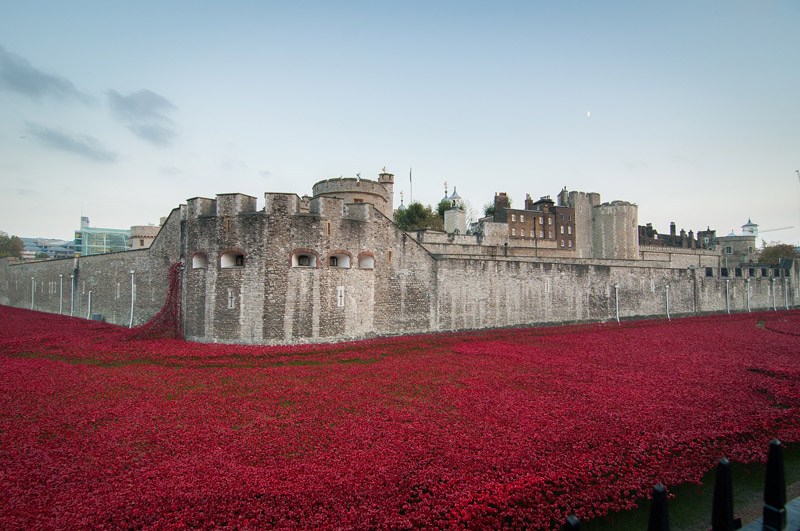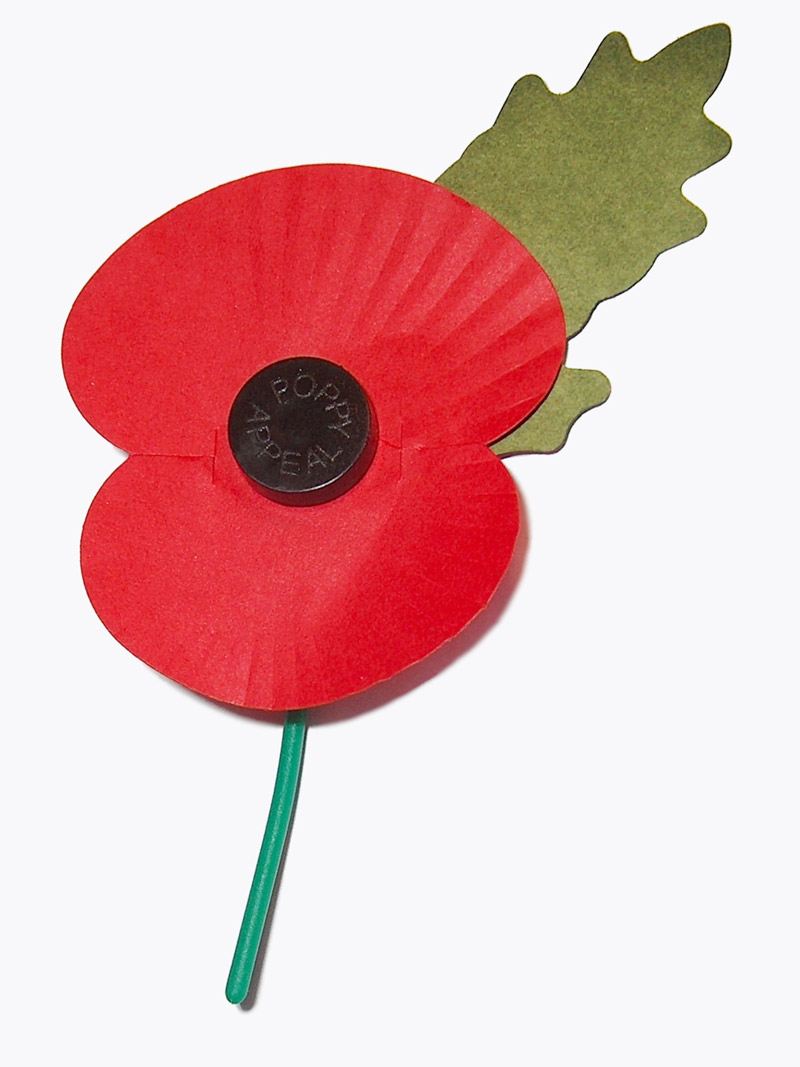I threw a picnic in our garden the other day. We were busy with all…
Remembrance Day: Everything about the poppy
After Halloween people start to wear poppies in the UK and even cars and busses are decorated with plastic flowers. Poppies are the symbol of the Remembrance Day which is held on 11th November each year to commemorate the Armistice (11th November 1918). Remembrance day is held on the Sunday closest to 11th November at 11am and not only those are remembered who lost their lives in the First World War but every veteran who served in the Services in all other conflicts since the First World War. Attendants all wear poppies.
Why poppies?
After the Battle of Waterloo people noticed that poppies grew suddenly in the fields of the battle. This inspired the Canadian Lieutenant Colonel John McCrae to write the poem ‘In Flanders Fields’ after he lost his friend in the battle of Ypres in May 1915. It is written from the point of view of the dead soldiers and considered to be one of the most beautiful war-poem. It was published on 8th December 1915 in the London magazine, The Punch.
Were there seriously poppies on the battle fields?
According to the scientific explanation battles generated lot of gravel which then got into the ground. The lime coming from the gravel enhanced the growing of poppies.

How did poppies become a symbol?
The American professor, Moina Michael left the University of Georgia in 1917 and became a volunteer worker for the American YMCA Overseas War Secretaries organization. She read McCrae’s poem and was inspired by it so that she wrote her own poem ‘We Shall Keep The Faith’. In 1918 she attended a conference where she wore a silk poppy pinned to her coat and gave 25 poppy pins to others.
After the war Michael taught a class of disabled servicemen at the University. This was when she realised how much financial support these men needed, so she started to campaign and brought up the idea to sell poppies to raise money for the veterans. Her idea was successful and the poppy was adopted as the symbol of remembrance for war veterans both by the American and the British Legion in 1921.
Poppy Day
Strange as it may sound, the original idea of the Poppy Day or Remembrance Day came from a French teacher, Anne Guerin. Initially she went to the US in 1914 to lecture French, but basically she raised funds for war efforts and after the war broke out the money was given to the American Red Cross to help war widows, orphans and the injured. Possibly, Guerin worked together with Moia Michael who worked with others in Canada, Australia and the UK to get the poppy adopted as a symbol. After the war the French government established ‘La Ligue des enfants de France et d’Amérique’ and asked Guerin to create the American branch.
Madame Guerin returned to the US in 1919 and held Poppy Days where she sold paper poppies. The funds raised were given to war veterans. The American Legion found her activities interesting and invited her to explain her Inter-Allied-Poppy-Day. Both the symbol and the Poppy Day were supported by the American Legion. (The American Legion switched to Daffodils in 1921 and the poppy was finally adopted in 1922.)
Anne went to Great Britain in 1921 and met Earl Haig, founder of the British Legion to explain her Poppy Day and also showed him the poppy pins. Both the poppy as a symbol and the Poppy Day were accepted and the first Remembrance Day was held on 11th November 1921 to commemorate the Armistice that was signed at Compiegne on 11th November 1918 at 11am. It includes a one, or two minute silence at the eleventh hour of the eleventh day of the eleventh month.
Importance
More than six million men had served in the war. 1.75 million of those who survived and came back, had suffered some kind of disability and half of these were permanently disabled. The Legion was established to care for those who had survived.
Today’s poppy
Today’s poppy is different in so far as they have a green leaf which were introduced in the 1960s as it poppy sprays became popular and were decorated with a fern leaf. From 1984 on leaves could be bought separately and the poppy pins combined with the green leaf became available in 1995.
When to wear it?
It is still debated today. Some believe poppies have to be worn from 31st October, others think you only wear it after Guy Fawkes night.
How to wear it?
There are different opinions about it as well. Some say it has to be worn on the left side close to your heart, others believe men have to wear it on the left side, women on the right just like wearing a brooch. The Queen wears her poppy on the left side.
I think the British Legion summed it up best: they say it does not really matter how to wear it, the best way to wear it is with pride.
In Flanders fields the poppies blow
Between the crosses, row on row,
That mark our place; and in the sky
The larks, still bravely singing, fly
Scarce heard amid the guns below.
We are the Dead. Short days ago
We lived, felt dawn, saw sunset glow,
Loved and were loved, and now we lie
In Flanders fields.
Take up our quarrel with the foe:
To you from failing hands we throw
The torch; be yours to hold it high.
If ye break faith with us who die
We shall not sleep, though poppies grow
In Flanders fields.





Comments (0)